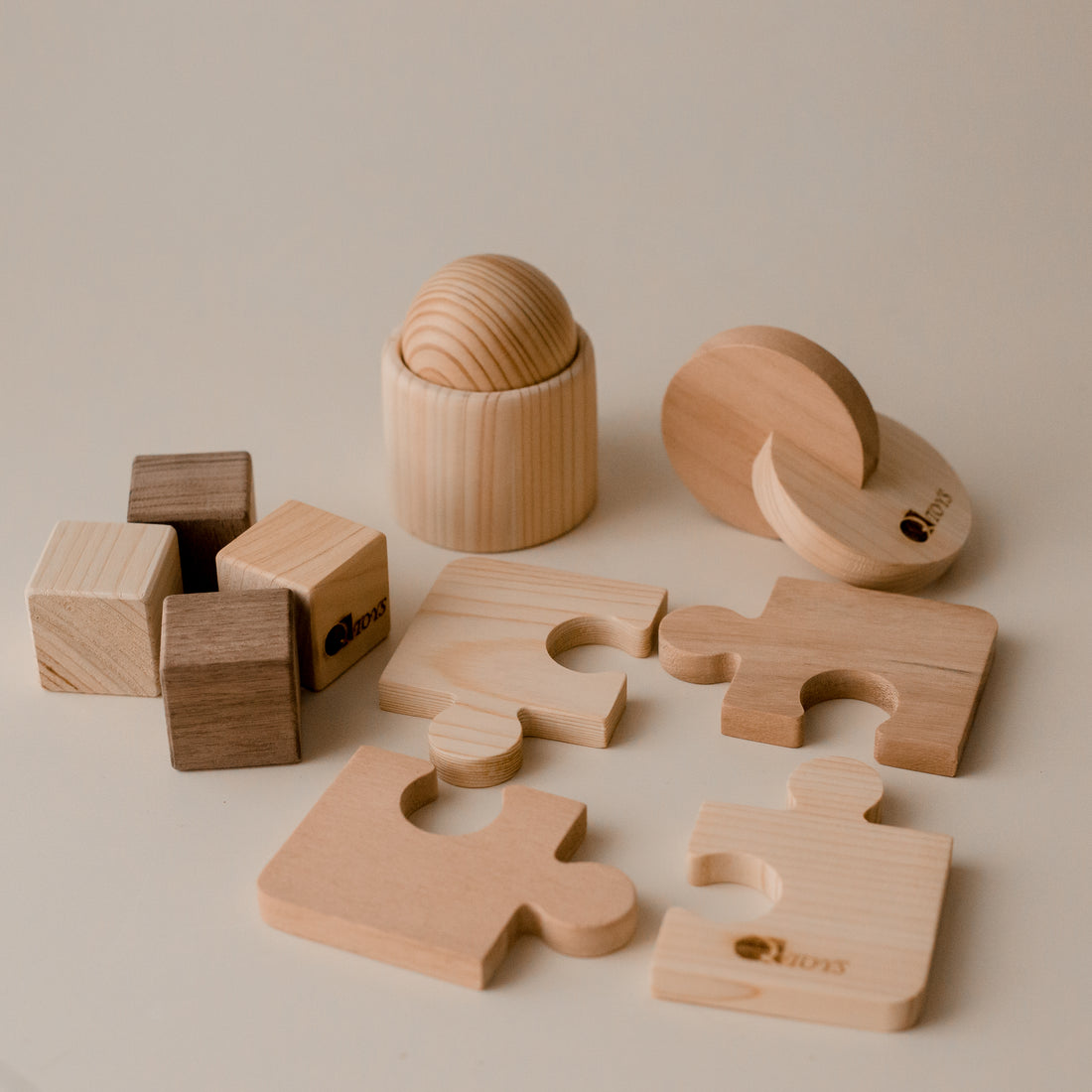I became a mom in 2020 during the height of lockdowns in Manila, Philippines during the Covid-19 pandemic, I started purchasing toys from sellers on Instagram and online. At the time, I really had no idea on how to buy toys so I didn't look for high quality, eco-friendly, or sustainably made toys in particular. I just looked at the price and the aesthetics. I prefer wooden toys because they look really nice, but I didn't actually know that the quality would be so different depending on how the toy was made. (I thought wood would be wood, and as long as the seller was respectable, it would be good.) Boy, was I wrong. "You really get what you pay for" was what I ended up learning after about 8 months of trial and error, and I quickly realized that mass produced toys are cheaper but sometimes break easily. This is especially true if your child is below 3 years old and likes to throw toys around, or sometimes they drop it by accident.
During this "learning phase" I also noticed that Lucas would not even bother to play with some toys that we purchased or given as gifts. He especially didn't like playing with toys that were made of plastic with buttons that light up and do little else. Sometimes, he even preferred to play with the boxes of the toys and the ribbons that came with the gift! I also noticed that board books were best for his age, because Lucas was definitely a drooler (and still is sometimes!)
This got me thinking... what are the best toys that I can purchase so that it would actually come out more affordable or "sulit" in terms of "cost per play." I'll write about this in a later post because I think that would be a whole list on its own, but I will definitely say that a summary of what I learned can explain why some wooden toys are double the price of others:
- Handmade toys or toys that are crafted from established toy makers in different parts of the world really last longer. Louis Vuitton and Chanel, for example, became famous brands in France for their high quality bags. When Gucci was founded in Italy, they hired local artisans to craft each and every bag. It is the same with wooden toys. Europeans are known for their strict quality control, and the cost of labor is also expensive, that's why the toys made in Europe are more expensive than the ones made in China.
- Mass produced toys can be very good too. Companies like Lovevery in the US make their toys in a facility in China, but their research and development as well as their toy design is based out of the US. The problem with Lovevery is that their distribution is still limited, and they're very hard to find in the Philippines. Thus, Filipinos sadly have to absorb some of the cost of shipping their toys from abroad.
- Infants and young toddlers like to mouth objects and it's part of the learning process. When you taste something, you feel it with your tongue, and it is a natural instinct for young kids. There are actually toys that are specifically made with baby safe materials and paints, and it's usually handmade. Be sure to ask questions about the products you purchase. Good sellers who are dedicated to safety will know about each toy and should be able to answer all your questions.
- Lastly, always consider that high quality toys are meant to be shared and passed on to younger siblings, cousins, and friends. In some cases, they can also be resold in Facebook marketplace groups, and can even become collectors' items. The price you pay will go a long way, and you are also helping the environment this way. You are supporting small and medium sized groups and individuals who are passionate about making toys, versus large companies that manufacture, sell, and create tons of waste.

